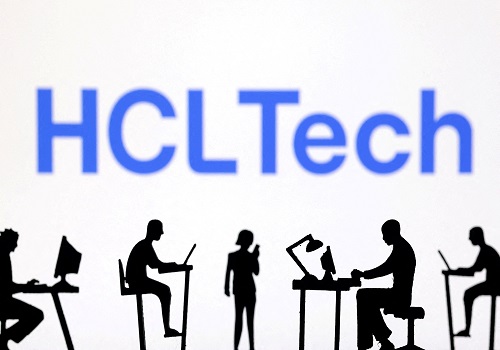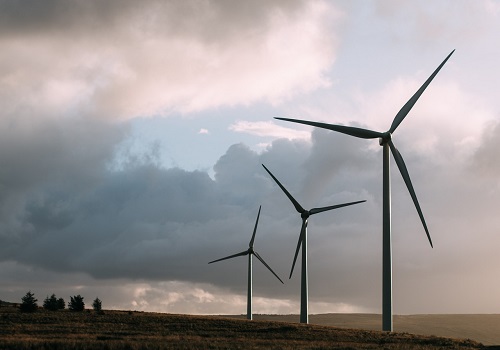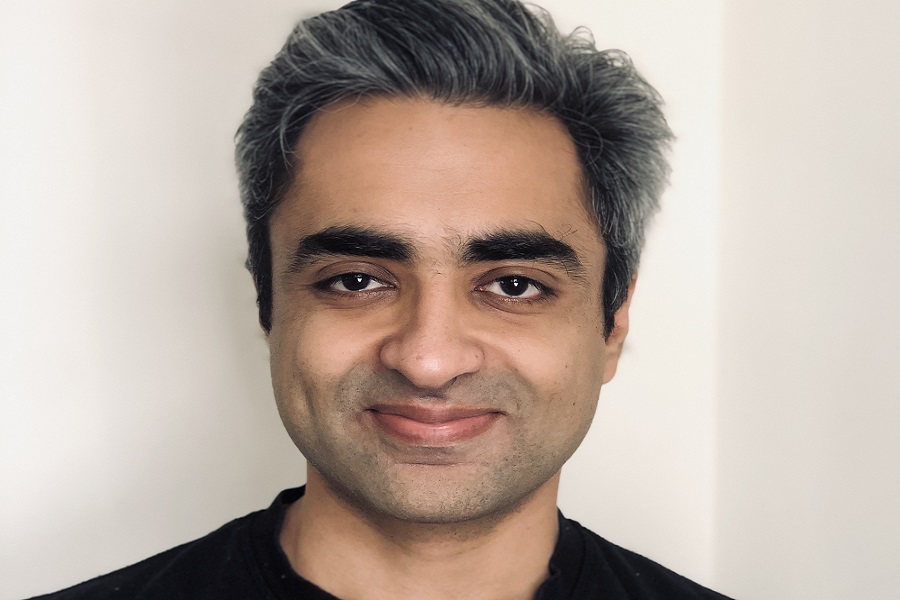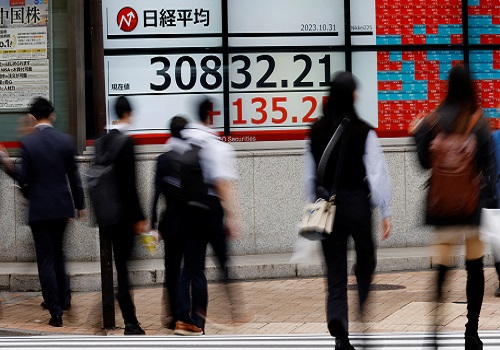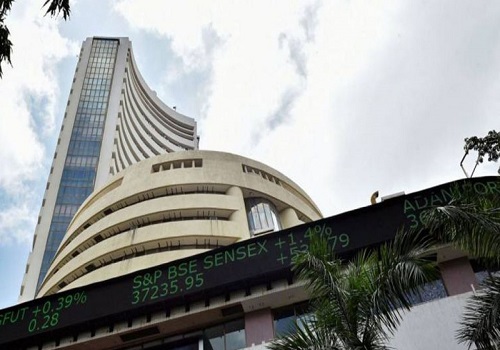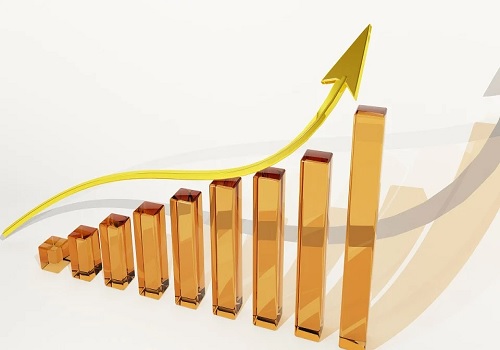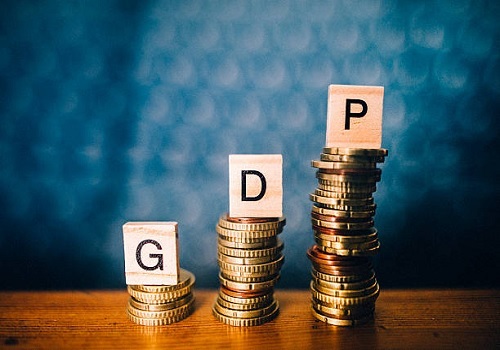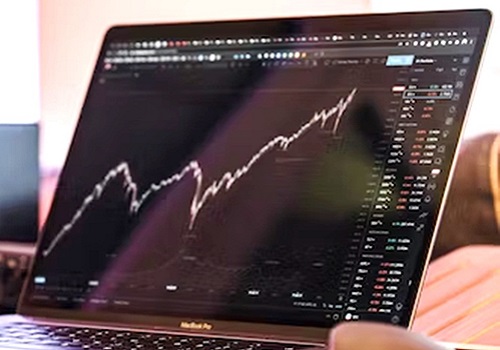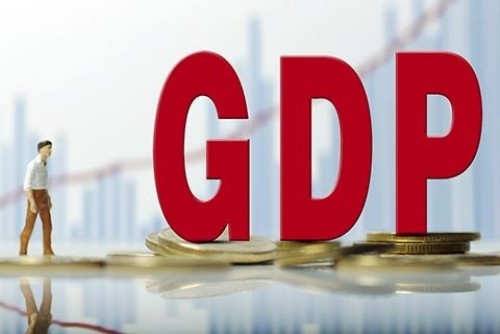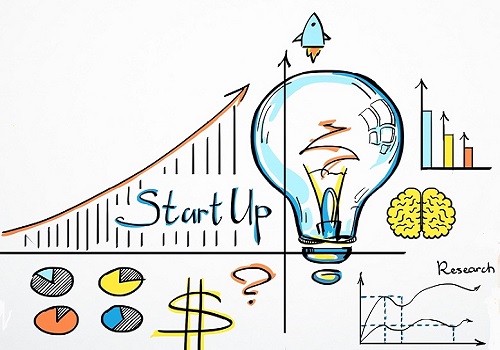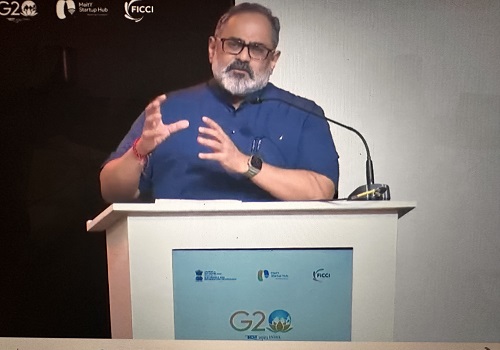Personal consumption, residential investments would grow slowly in FY24

The entire theme of financialiaation of household savings has fallen flat on its face, with its share declining to as low as 32 per cent of total household savings last year, marking the lowest in more than the past three decades, Motilal Oswal Financial Services said in a report.
Household NFS had fallen to a three-decade low of 6 per cent of the GDP in FY23E, almost half of the peak in FY21 and down from 7.5-8.0 per cent of the GDP in the pre-Covid period.
Due to weak income growth and an assumed rise in NFS, personal consumption and/or residential investments growth would grow slowly in FY24, which could disrupt the retail lending boom this year.
Alternatively, NFS could drop further this year, supporting household spending and debt growth at the cost of higher investments.
Personal consumption and/or household investments will slow down this year, which has the potential to disrupt the retail lending boom that India has witnessed over several years. The primary assumption behind this thought process is that net financial savings (NFS) of the household sector is likely to pick up in FY24, after falling to a three-decade lowest level in FY23, the report said.
As against a growth of 15-18 per cent in the last two years (FY22 and FY23E); personal disposable income (PDI) growth could weaken to 8-10 per cent this year, in line with GDP growth, the report said.
Consumption and investments of the household sector have moved in similar directions in two-thirds of the period between FY00 and FY23E.
In 16 years of the 24-year period, both personal consumption and household investments have either grown at a faster pace or decelerated (or contracted) together. Of the remaining eight years, they moved in different/opposite directions, i.e., when consumption grew faster, investments grew slowly (or declined) and vice-versa, the report said.


